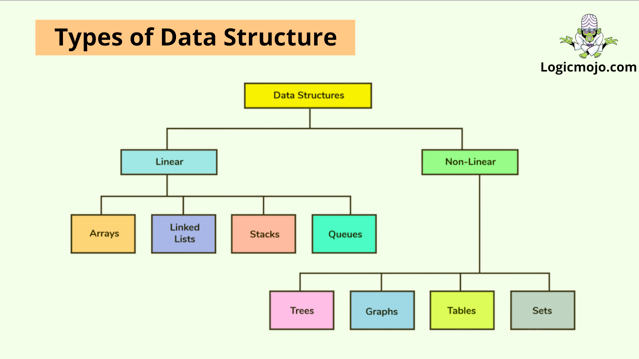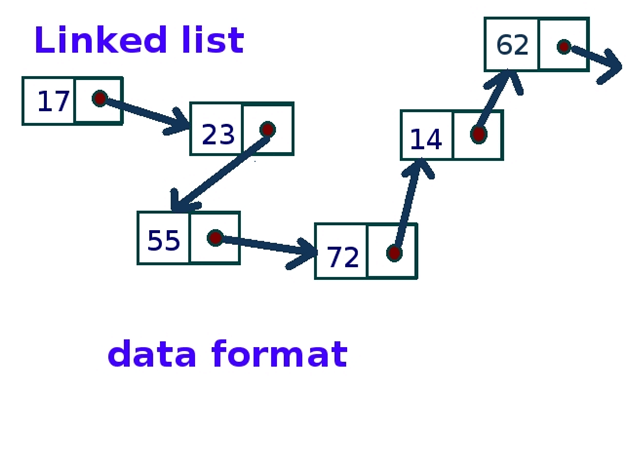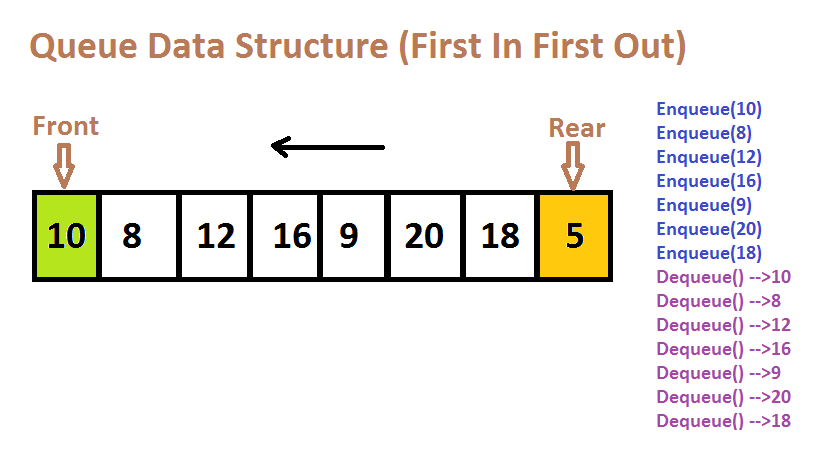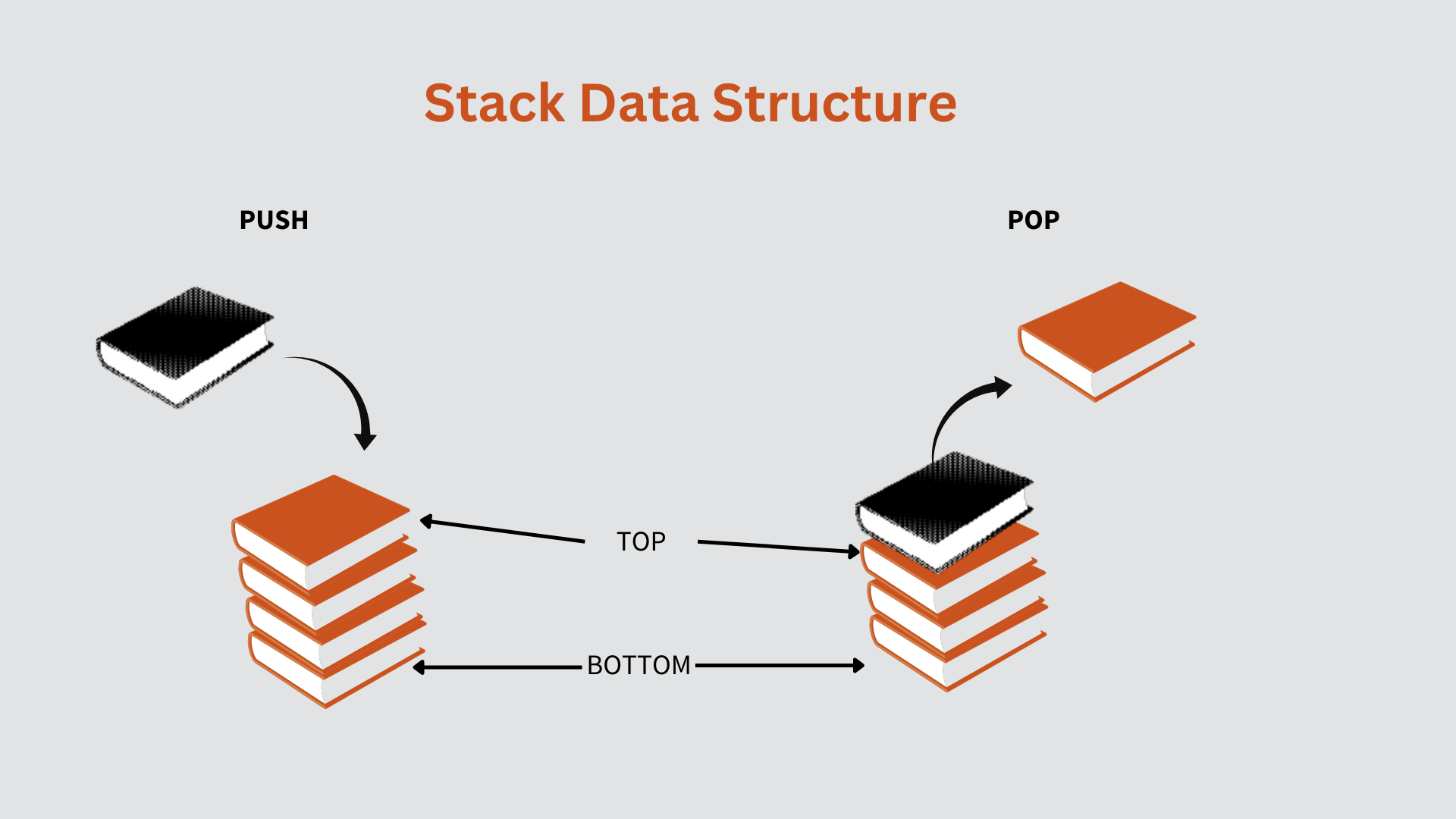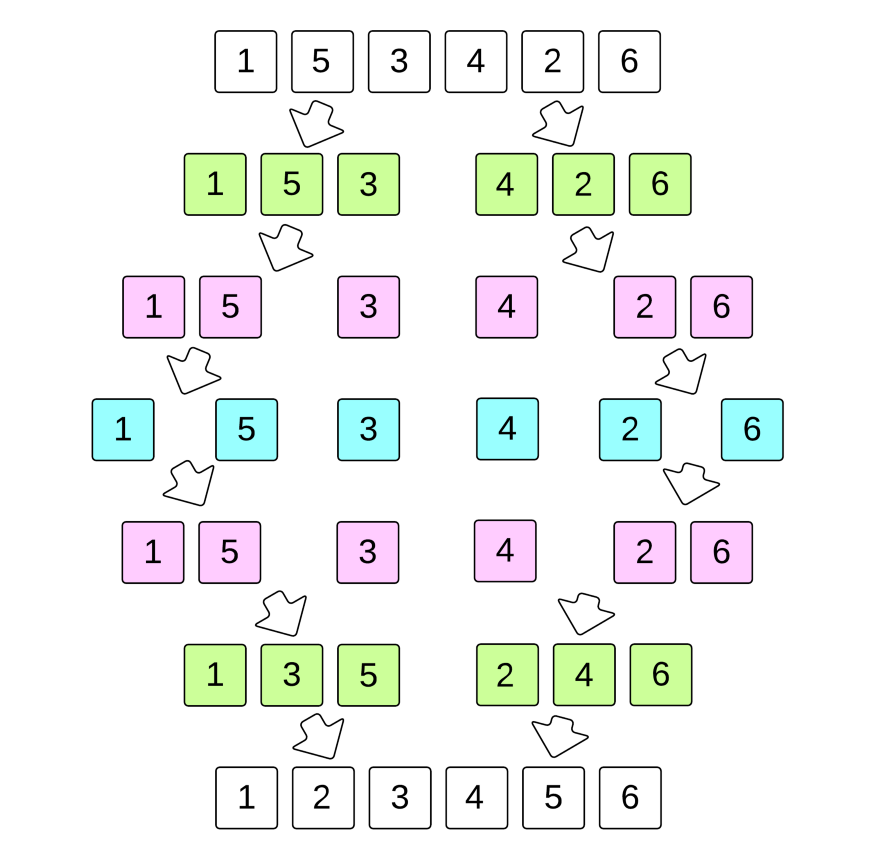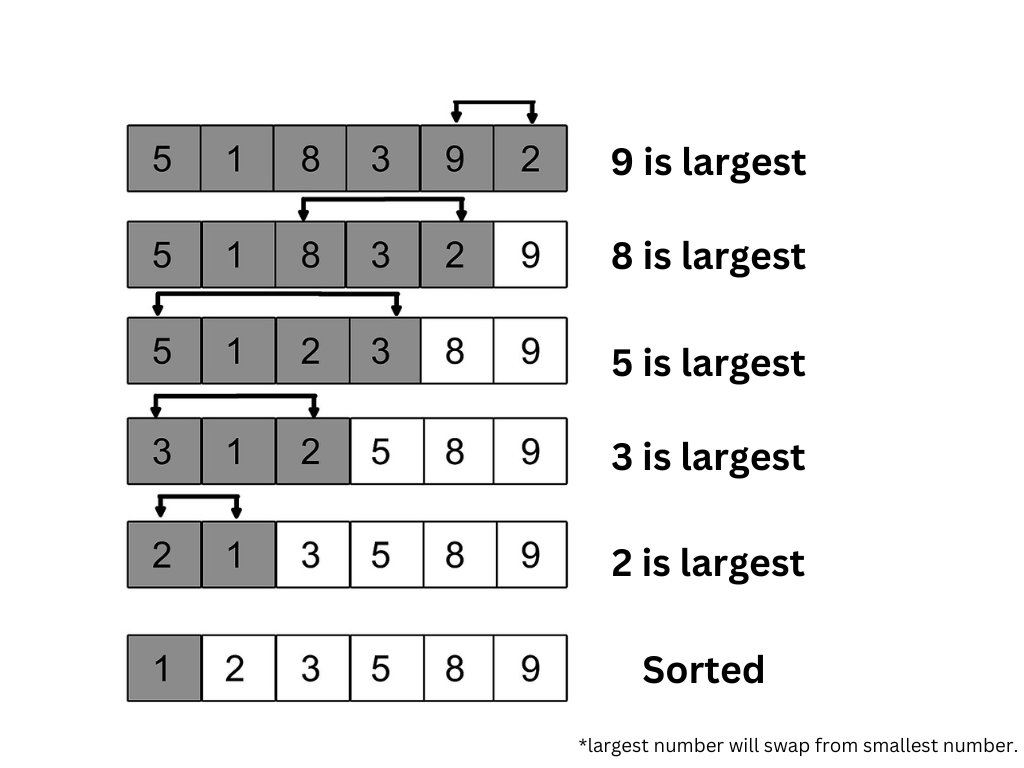In computer jargon, a data structure is a method of storing and organising data in a computer's memory so that it may be used effectively later. Data can be organised in a number of different ways. A data structure is a logical or mathematical representation of how data is organised.
A data model's variety is defined by two factors:
- To begin, it must be well-structured in order to accurately portray the data's true relationships with real-world objects.
- Second, the structure should be basic enough that anyone can readily process the data as needed.
